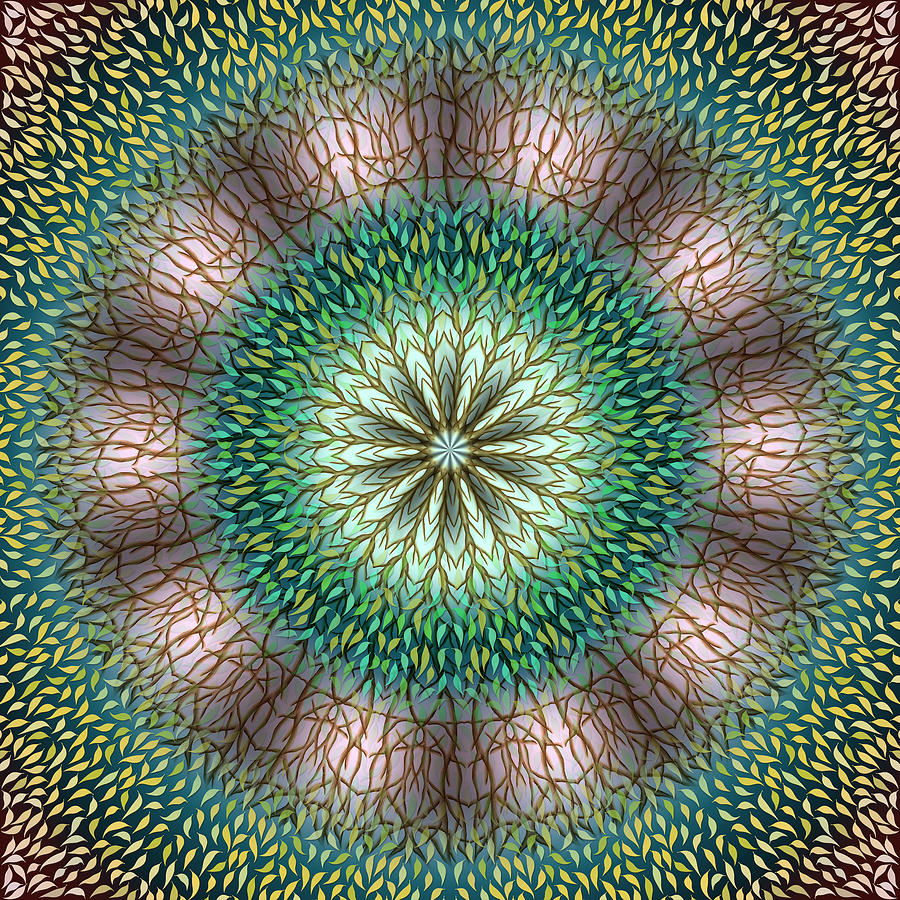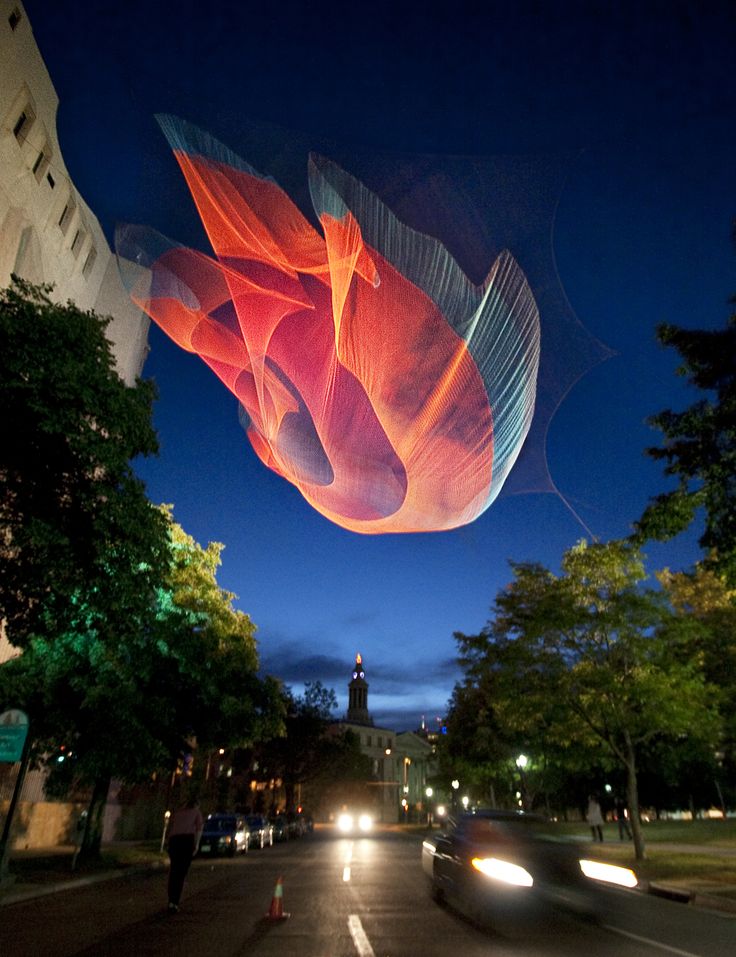

ONeill entered the advertising field and became a partner in her own advertising agency.

She was educated at Our Lady of Lourdes Academy, and Western Reserve in Cleveland and the University of Michigan. Mary ONeill was raised in what she describes as a wonderful barn of a Victorian house in Berea, Ohio, where she wrote and directed plays for her younger brothers and sisters.

In a world where many societies may be deemed post-religious traditional myths and rituals that once served to alleviate fear or mortality and the pain of bereavement are no longer viable or effective, this is of immense significance. These works can act as a means of engaging with bereavement, disenfranchised grief and ambiguous loss. These works offer insights into the mourning process which are powerful and profound reflections on the human condition. The conclusions drawn have implications that reach beyond artworld concerns with durable or at least preservable commodities. The latter are designed to function for a fixed period, after which they are discarded or destroyed. This is a key feature of ephemeral art, which distinguishes it from temporary works. The use of non-traditional, non-durable materials and the incorporation of chance and ephemerality mean that the resulting worlds possess an 'inherent vice' which results in the demise or disappearance of the work. The growing interest in Buddhist philosophy and the engagement with transience at that period are discussed, not as cause and effect, but as both stemming from the same desire to find alternative forms of meaning and expression at a time when traditional structures of meaning were in decline. Cage's engagement with Buddhism and the subsequent work he produced demonstrates that the appreciation of transience is a reflection of wider cultural values. This shift is exemplified by artists working in the 1960s, particularly those influenced by John Cage. The different physical state of ephemeral works represents a shift from the art object to communicative act. This temporal aspect is examined through a discussion of the boredom they consciously evoke, which can be seen not only as an acute awareness of time but also a form of mouming for lost desire. Ephemeral art often involves works that do not exist in a steady state, but change or decay slowly. This definition identifies four characteristics of ephemeral art: time, communicative act, inherent vice and directive intent. I will begin with a refinement of the definition of ephemeral art, which is often confused with temporary works. In this thesis I explore the hypothesis that the use of ephemerality by some artists is best understood, not solely in terms of art world issues but of the relationship between ephemerality, mourning and loss. However, in many ephemeral artworks something much more fundamental is involved. Ephemeral art is usually understood as reflecting a desire to dematerialize the art object in order to evade the demands of the market, or to democratize or challenge art museums.


 0 kommentar(er)
0 kommentar(er)
